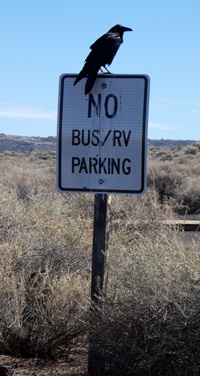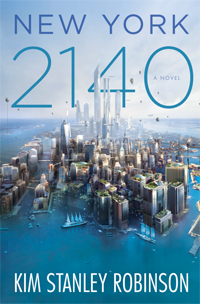Progress Report
May 13th, 2018It’s been two-and-a-half months since I posted a progress report. Oops.
So where am I?
Well, as reported last time, my big project for this year is a duology of novels. Book 1 is “done” in the sense that it’s a good, solid, complete draft. It is now with my freelance editor, Judith Tarr, who has served as editor on my last four novels and has done a terrific job.
I’m half done with a rough draft of the second book in the set. I’ve got a good general idea of the events that will make up the second half of the novel, but figuring out the details of how things will go down has been a real challenge. For the past two or three weeks I’ve been combing through my notes, organizing and assembling a detailed chapter-oriented outline. I want to make sure that all the important characters in this volume have a significant role to play as events unfold.
Plot is always such a challenge!
That said, I feel like I need to start writing actual chapters again. I’ll probably begin that tomorrow.
My plan is to publish both books this year, probably a month or two apart. To that end, I’ve begun the process of acquiring cover art, which is always exciting and scary. So much of a book’s success depends on the cover!
Anyway, these two books together will be a complete story. There is a potential for more in the series if these first two sell well. But if they don’t, I won’t be leaving anyone hanging.
Onward!








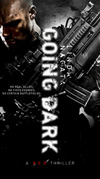
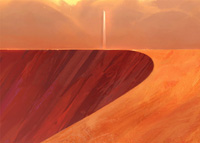
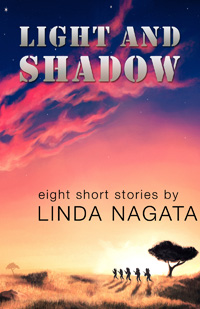
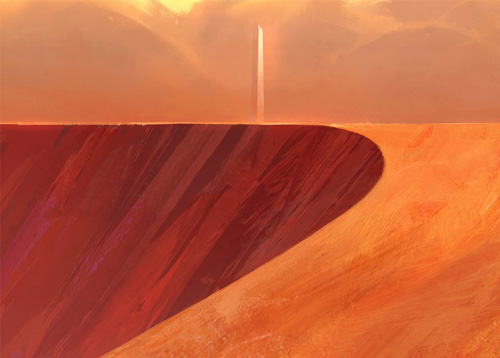
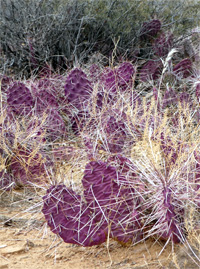
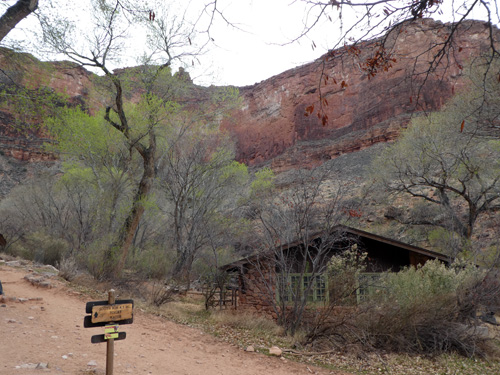
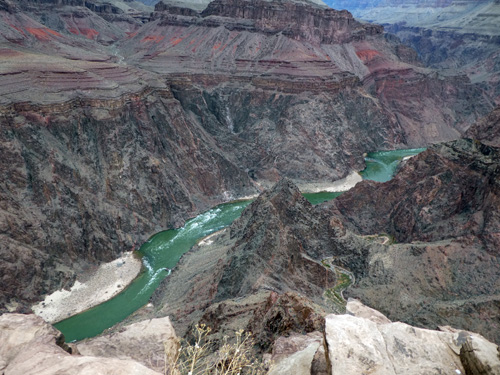
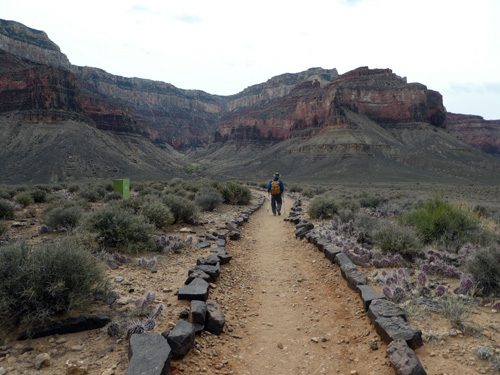
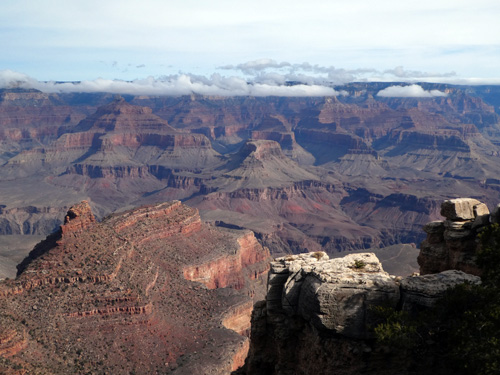
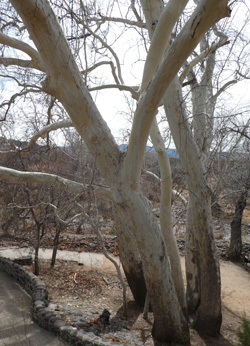 The first step, of course, was getting there. We flew into Phoenix and took a couple of days to drive north, stopping at six National Monuments on the way. These monuments exist to preserve relics of First Nation pueblo life, but I admit the three things that excited me most were three natural features.
The first step, of course, was getting there. We flew into Phoenix and took a couple of days to drive north, stopping at six National Monuments on the way. These monuments exist to preserve relics of First Nation pueblo life, but I admit the three things that excited me most were three natural features.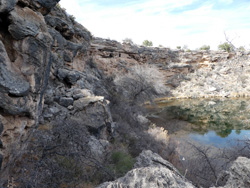 The second feature I gushed over — pun intended — was the entirety of Montezuma’s Well. Here there is the well itself, which is a deep pool surrounded by cliffs. Water from a limestone cavern gushes into the bottom of the pool at a furious rate, causing sand to swirl, meters deep, above a bottom that no one has ever accurately measured. Despite this, the pool’s surface is calm and quiet, giving no hint of the turbulence deep below. Water drains from the pool through a series of cracks so that the water level rarely varies.
The second feature I gushed over — pun intended — was the entirety of Montezuma’s Well. Here there is the well itself, which is a deep pool surrounded by cliffs. Water from a limestone cavern gushes into the bottom of the pool at a furious rate, causing sand to swirl, meters deep, above a bottom that no one has ever accurately measured. Despite this, the pool’s surface is calm and quiet, giving no hint of the turbulence deep below. Water drains from the pool through a series of cracks so that the water level rarely varies. 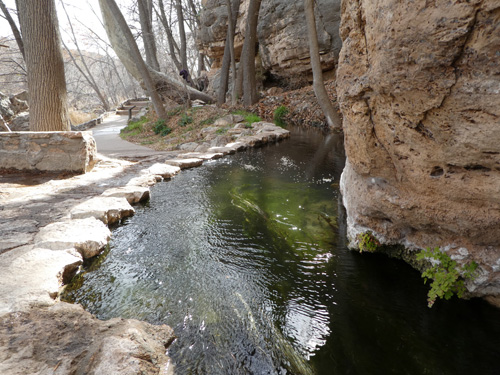
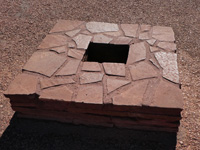 Limestone caverns create some amazing effects. Montezuma’s Well is one; the “blowhole” at Wupatki is another — and it’s the third feature on my list. Wupatki is an area set aside for its many pueblo ruins, but there is also the blowhole. In Hawaii, a blowhole is a hole in shoreline lava rock, one that goes all the way through the shelf of rock to the ocean. When big waves roll in, the water slams under the rock and shoots up through the hole, creating a column of spray. A blow hole in Arizona is completely different. I don’t really understand why it works beyond “differential air pressures†but air was continuously rushing out of this small hole, creating a strong wind. And if the barometric pressure were to change the flow could reverse and air would rush back in. Amazing. (The picture shows the stone frame constructed around the blowhole.)
Limestone caverns create some amazing effects. Montezuma’s Well is one; the “blowhole” at Wupatki is another — and it’s the third feature on my list. Wupatki is an area set aside for its many pueblo ruins, but there is also the blowhole. In Hawaii, a blowhole is a hole in shoreline lava rock, one that goes all the way through the shelf of rock to the ocean. When big waves roll in, the water slams under the rock and shoots up through the hole, creating a column of spray. A blow hole in Arizona is completely different. I don’t really understand why it works beyond “differential air pressures†but air was continuously rushing out of this small hole, creating a strong wind. And if the barometric pressure were to change the flow could reverse and air would rush back in. Amazing. (The picture shows the stone frame constructed around the blowhole.) 